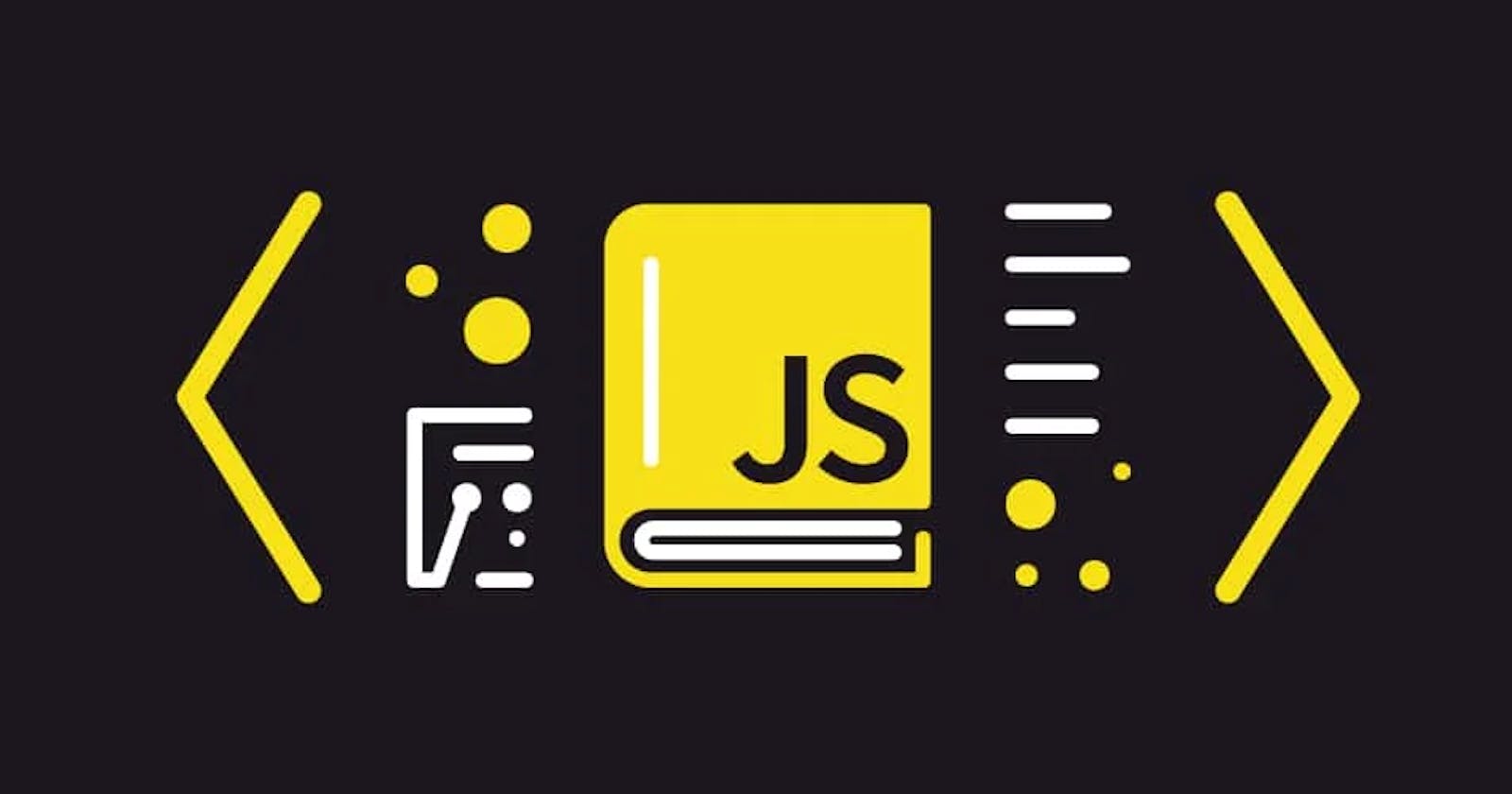Introduction
JavaScript is a powerful and versatile programming language that plays a pivotal role in modern web development. Whether you’re a seasoned developer or just getting started with coding, understanding the fundamentals of JavaScript is essential. In this comprehensive guide, we’ll take you through the basics of JavaScript, its history, syntax, and practical examples to help you grasp the essentials.
Table of Contents
What is JavaScript?
A Brief History of JavaScript
Setting Up Your Development Environment
Basic JavaScript Syntax
Variables and Data Types
Operators in JavaScript
Control Flow: Conditional Statements and Loops
Functions in JavaScript
Objects and Arrays
Conclusion
1. What is JavaScript?
JavaScript is a high-level, interpreted programming language that enables web developers to add interactivity and functionality to websites. It’s a client-side scripting language, which means it runs directly in the user’s web browser. JavaScript is known for its versatility and is an integral part of modern web development.
2. A Brief History of JavaScript
JavaScript was created by Brendan Eich in 1995 while he was working at Netscape Communications. Originally called “LiveScript,” it was later renamed JavaScript to leverage the popularity of Java. It became an ECMAScript standard in 1997, and subsequent versions, including ES6 (ECMAScript 2015), have introduced many new features and improvements.
3. Setting Up Your Development Environment
Before you start coding in JavaScript, you’ll need a text editor and a web browser. Popular text editors for JavaScript development include Visual Studio Code, Sublime Text, and Atom. You can write JavaScript code directly in an HTML file within <script> tags or in separate .js files linked to your HTML.
4. Basic JavaScript Syntax
// Hello, World! in JavaScript
console.log("Hello, World!");
In JavaScript, statements are terminated with a semicolon (;), and it’s a case-sensitive language. The console.log() function is used for printing messages to the browser's console.
5. Variables and Data Types
JavaScript variables are used to store data. They can be declared using var, let, or const. JavaScript has several data types, including numbers, strings, booleans, and more. Here's an example:
let name = "John";
let age = 30;
let isStudent = true;
6. Operators in JavaScript
JavaScript supports various operators, including arithmetic, comparison, and logical operators. For instance:
let a = 5;
let b = 10;
let sum = a + b;
let isGreaterThan = a > b;
7. Control Flow: Conditional Statements and Loops
Conditional statements like if, else if, and else allow you to make decisions in your code based on conditions. Loops like for and while help you repeat tasks. Here's an example:
let grade = 85;
if (grade >= 90) {
console.log("A");
} else if (grade >= 80) {
console.log("B");
} else {
console.log("C");
}
8. Functions in JavaScript
Functions are reusable blocks of code. You can define and call functions in JavaScript, as shown below:
function greet(name) {
return `Hello, ${name}!`;
}
let message = greet("Alice");
console.log(message);
9. Objects and Arrays
JavaScript allows you to create objects and arrays to organize and manipulate data. Objects store data as key-value pairs, while arrays store ordered collections. Here’s a simple example :
let person = {
firstName: "John",
lastName: "Doe",
age: 30,
};
let fruits = ["apple", "banana", "cherry"];
10. Conclusion
This article has provided a comprehensive introduction to JavaScript, covering its history, syntax, and basic concepts. As you continue your JavaScript journey, you’ll delve into more advanced topics and gain the skills to create interactive web applications.
In future articles, we’ll explore more advanced JavaScript topics, such as DOM manipulation, asynchronous programming, and using JavaScript frameworks like React and Angular to build dynamic web applications.
Stay tuned for more exciting JavaScript tutorials!
